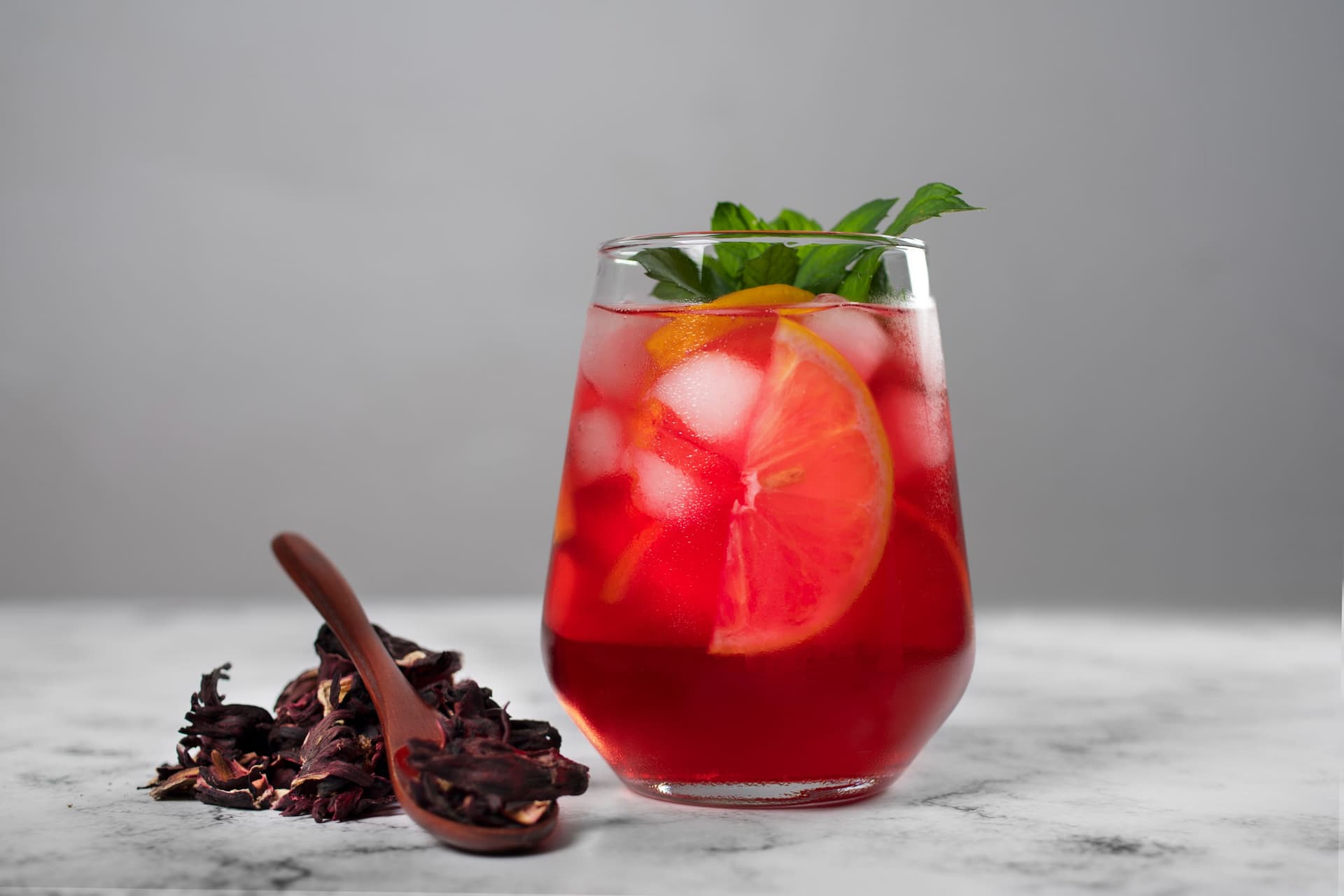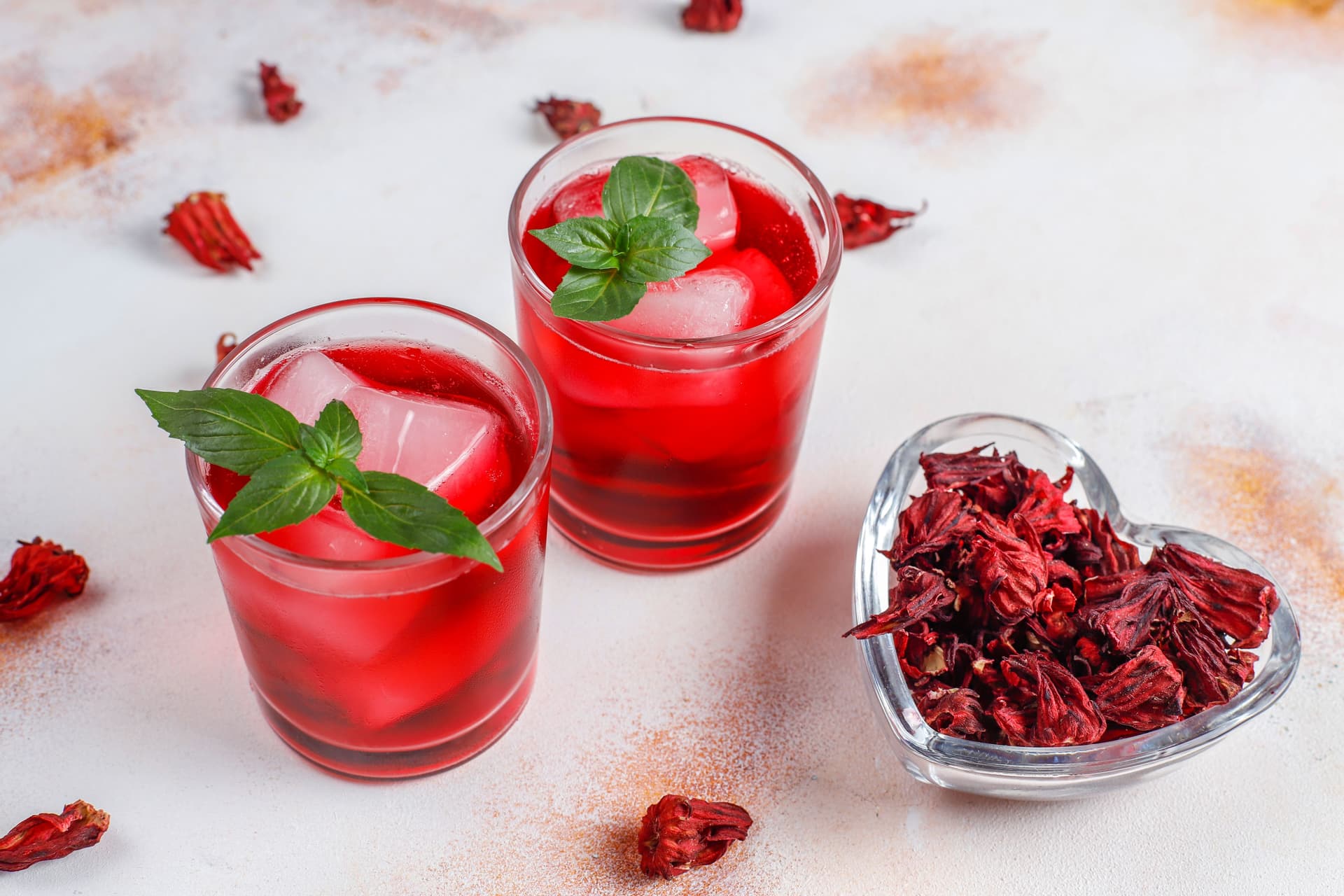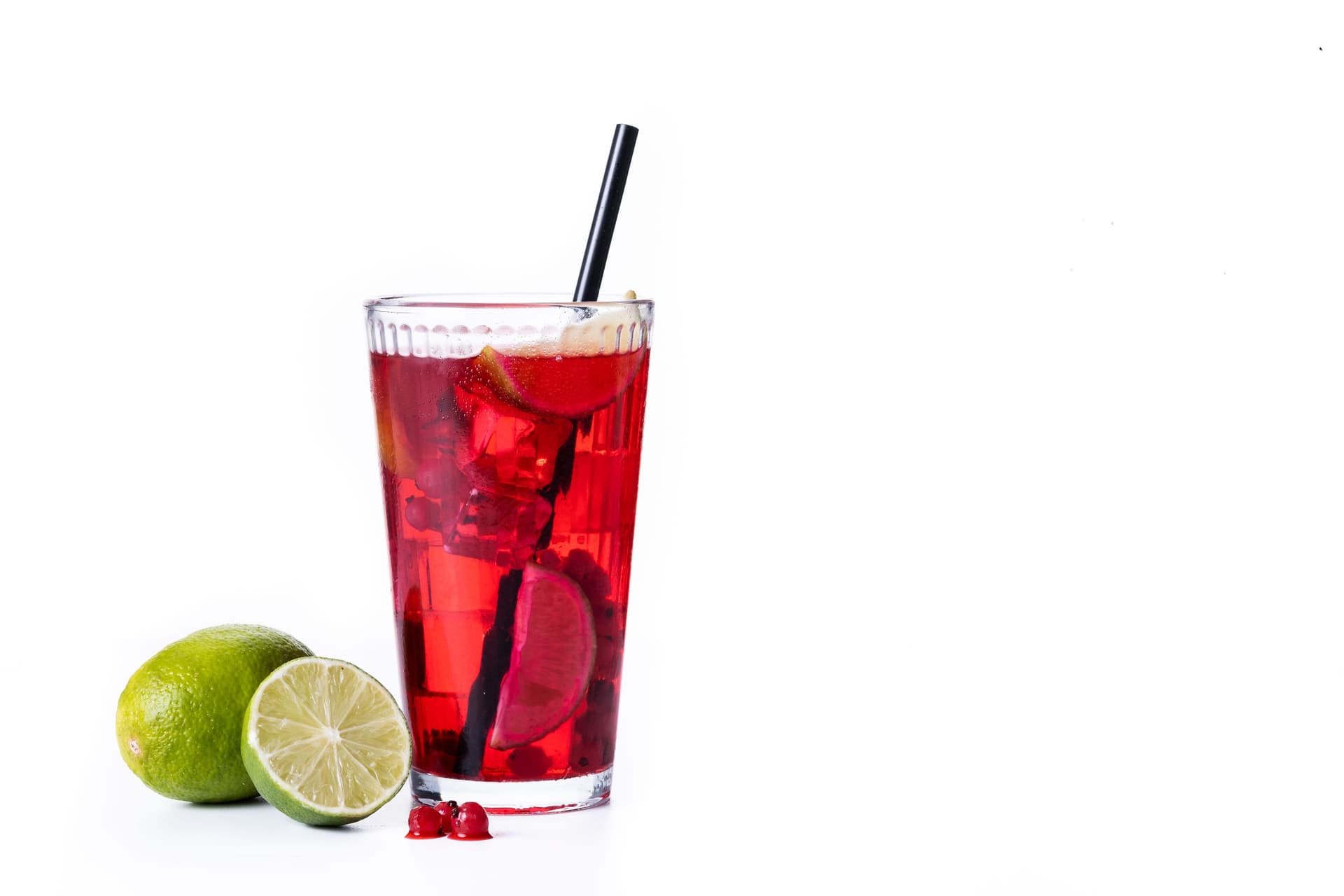Hibiscus Tea: A Guide To Extract Freshness And Flavour For Beverages
Similar to cranberries but softer in texture, hibiscus tea has a crisp and tangy, slightly floral flavour. It is a well-suited base for mocktails or cocktail choices because its flavour complements both sweet and citrusy drinks. Even in room temperature water, the petals of hibiscus tea release colour and flavour rapidly, making it one of the simplest infusions. Hibiscus merely requires time and clean water, in contrast to other botanicals that require more involved steeping techniques.
To create it, simmer 50 ml of boiling water with two tablespoons of dried hibiscus petals for five to seven minutes, then filter and let sit. It can be used for a variety of drinks and kept in the refrigerator. When it comes to balancing the flavours of clear or fruit-based mocktails, this infusion works well because it doesn't mask the beverage and adds colour and acidity without the use of artificial ingredients.
5 Tips To Perfectly Extract Hibiscus Tea

Select The Appropriate Water Temperature
It is possible to extract the unique colour and acidic flavour of hibiscus petals without making the tea overly sour by steeping them in water that is slightly below boiling, about 90°C. By doing this, potency is reduced, and the tea retains its acidity and brightness, which is well-suited for drinks that incorporate citrus or herbs. Steer clear of directly covering the petals with boiling water, as this can quickly over-extract and produce bitterness. Combine 15 ml of white rum, 30 ml of hibiscus tea, 10 ml of honey and 10 ml of lemon juice in the hibiscus honey cooler.
Calculate The Steep Rightly
The amount of time spent steeping determines how bitter or robust the hibiscus tea gets. A steep between five to seven minutes is enough to draw out colour, acidity and floral notes without turning the tea too bitter. With lighter mixers or tropical juices, a longer steeping time may result in a crimson tone and a drier finish. At the five-minute mark, always taste the tea and adjust the potency of the beverage. Stirring once or twice during steeping is a nice approach to balance extraction because timing can be affected by the size of the petals and the temperature of the water. In the sunset bloom, 10 ml of hibiscus tea, 20 ml of orange juice, 5 ml of honey syrup, and 15 ml of dry vermouth are combined with hibiscus tea that is steeped for six minutes.

For softer notes, Try The Chilled Brew Method
The milder taste and milder acidity of chilled-brewed hibiscus make it well-suited for fruity beverages. Soak dried petals in filtered water and let them sit in the refrigerator for eight to ten hours to make a chilled brew. Flower notes are extracted slowly, avoiding the zing that comes from boiling water. Use 10 ml of hibiscus tea, 10 ml of lime cordial, and 15 ml of wine as the base for the bloom spritz. Garnish with a citrus peel and serve in a stemless wine glass over crushed ice.
Only Use Filtered Water
For hibiscus tea to be consistently clean, filtered water is essential. Minerals, chlorine, and other substances are frequently present in tap water, which might interfere with the tea's acidity and change its colour. These problems can be avoided, and the tea's purity can be preserved by using filtered water, particularly in beverages where presentation is important. Hibiscus tea develops a well-balanced flavour with less earthy undertones when steeped in clean water. 15 ml of gin, 10 ml of hibiscus tea, 30 ml of pear juice, and 10 ml of lime juice are combined to make the crisp hibiscus tonic. This cocktail maintains its light flavour while showcasing the pear's sweetness.

Proper Storage
When hibiscus tea is prepared, proper storage maintains its crisp flavour. Strain the tea, then immediately put it in the refrigerator in a clean glass bottle or jar with a tight-fitting cover. Tea can collect odours from the outside, so don't use open or plastic containers. It is preferable to use hibiscus tea within 24 hours. Use 10 ml of freshly prepared hibiscus tea, 30 ml of cranberry juice, 10 ml of ginger syrup, and 15 ml of bitters to blend in the red hibiscus berry cocktail. This blend tastes nice when chilled and garnished with frozen cranberries in a flute.
Making hibiscus tea for cocktails with the appropriate instrument ensures greater texture, clarity, and a balanced flavour. Glass jars maintain clarity, a temperature-controlled kettle prevents over-extraction, and a fine mesh sieve eliminates undesirable particles. These instruments aid in producing a stable tea base that mixes easily with other drink ingredients.
Drink Responsibly. This communication is for audiences above the age of 25.




